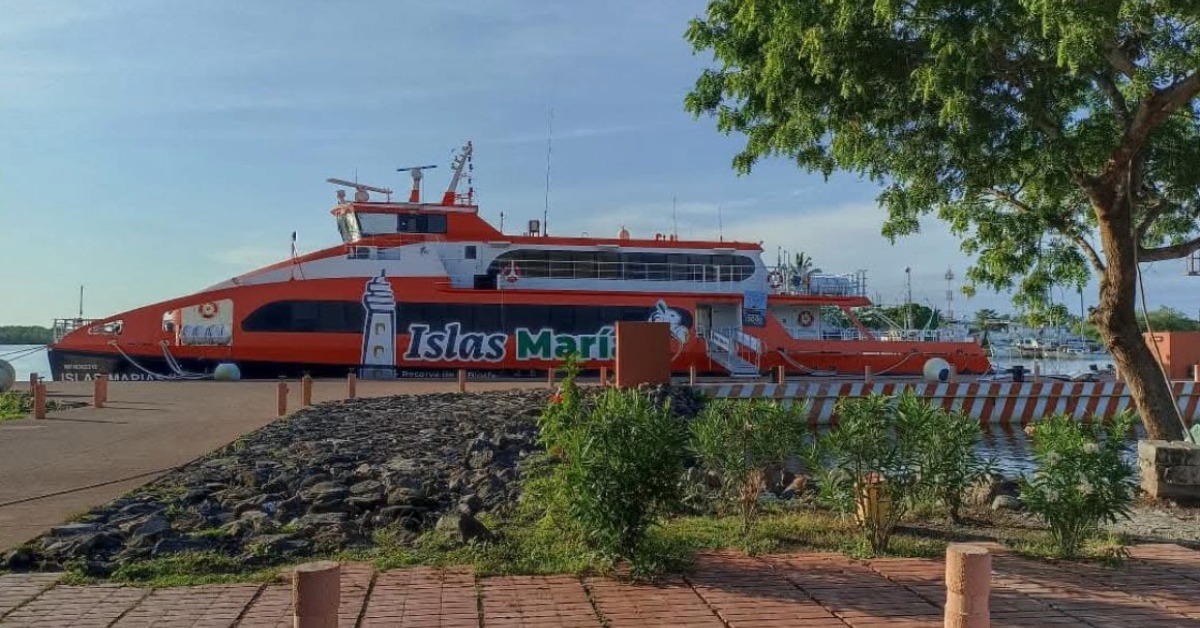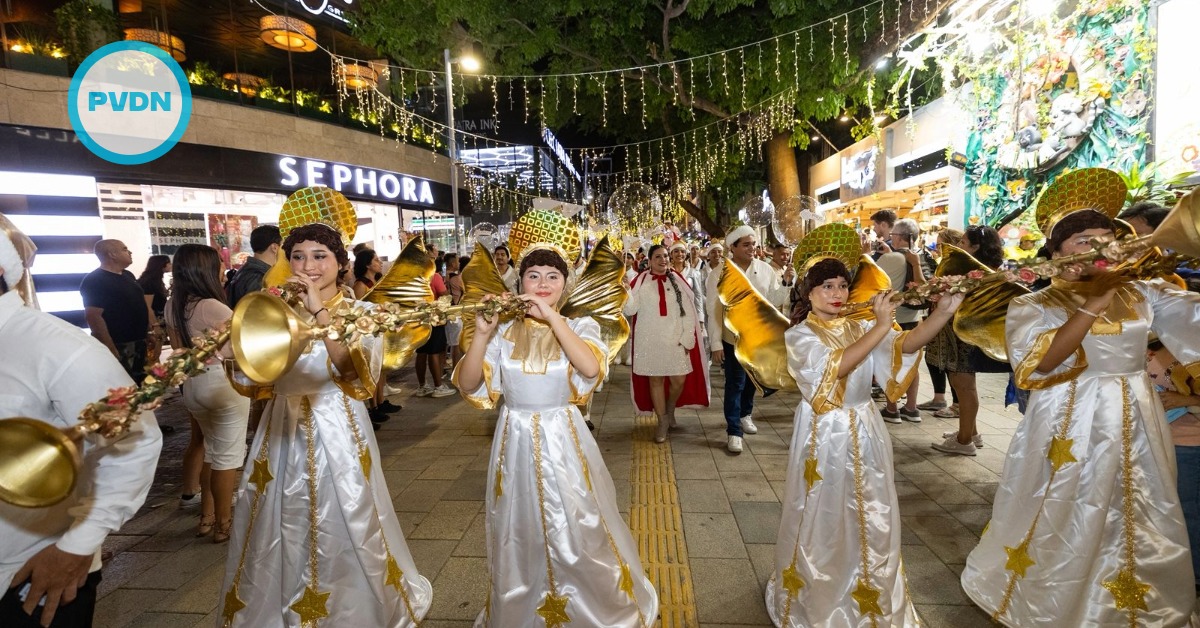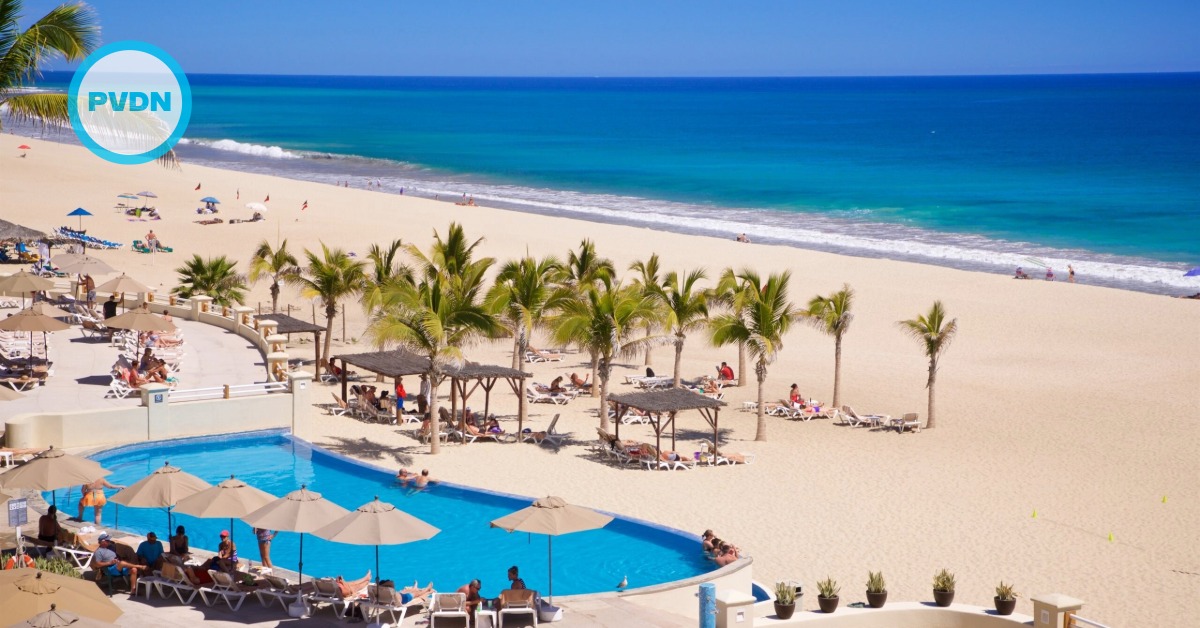Nestled between high-rise buildings on a busy street in Chile's modern capital is a straw hut that's a sign of growing respect for the Andean country's long-disdained indigenous past.
Ailing patients, many referred by a hospital across the street, line up to see the Mapuche herbalist inside as part of a government initiative to incorporate pre-Hispanic knowledge into Chile's public health system.
Mapuche culture, long looked down upon in Chile, is slowly becoming chic.





